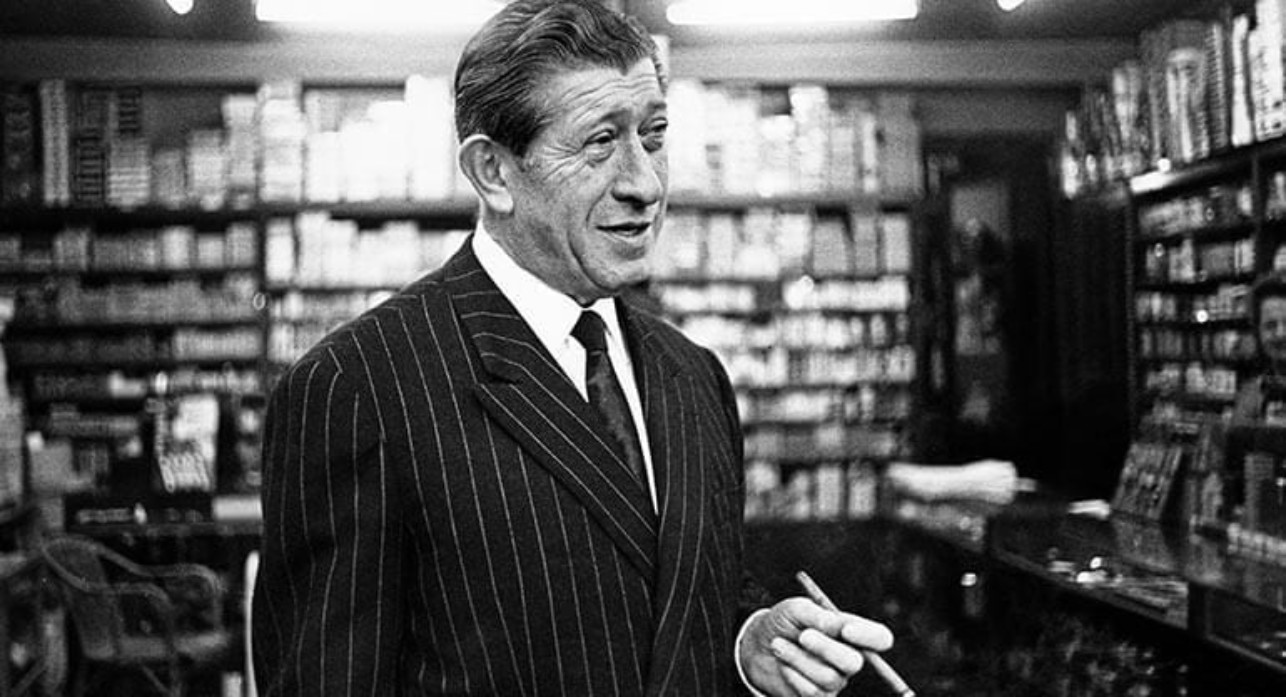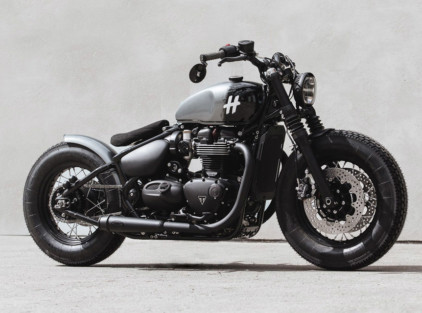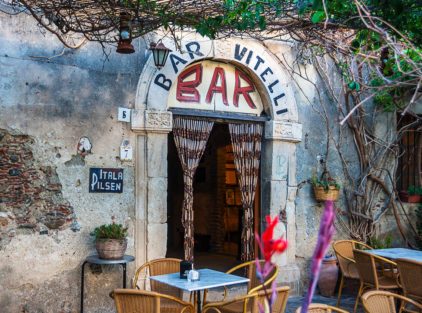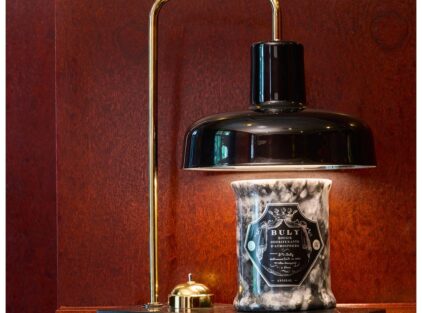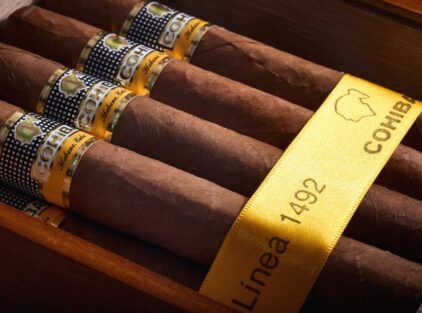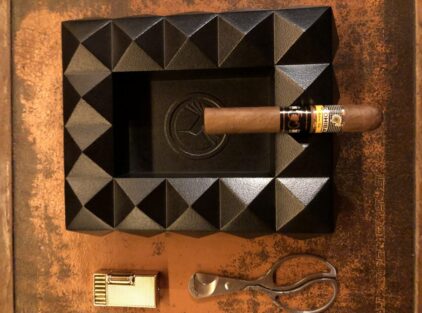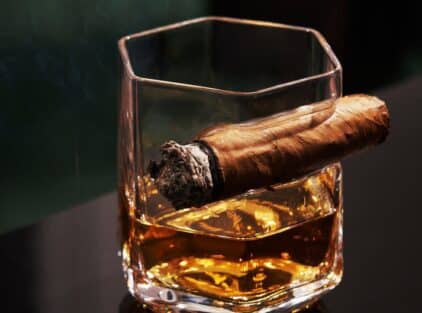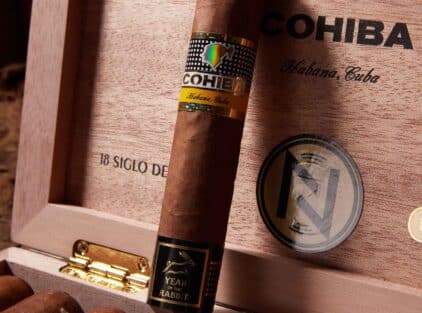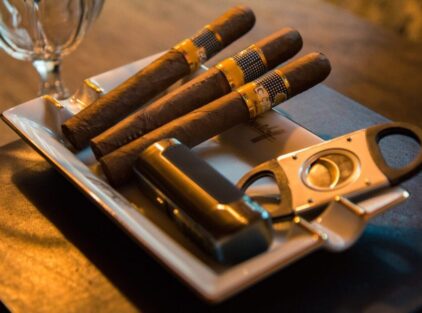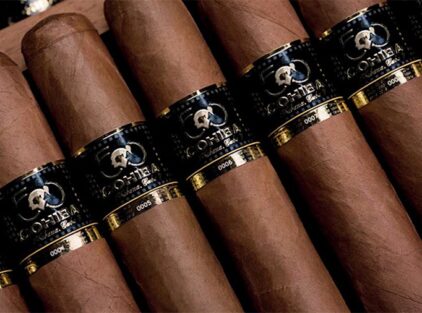By Giannis Valavanis
Most people don’t know that the fame and glamour of Cuban cigars is largely due to the man called Zino Davidoff.
Born in 1906, in Kiev, then Russia, to a Jewish family of tobacco merchants, who in 1911 emigrated to Geneva where they continued the same activity. When Zino finished school, in 1924, he travelled to Brazil, Argentina and ended up in Cuba, at the age of only 20. He worked there for two years on a tobacco plantation, learning the secrets of cigars and their trade. After five years on the Caribbean island, he returned to Geneva to take over the family business, which at the time was a mid-range business, without any particular reputation or big profits. At that time he invented a table humidifier which maintained a constant humidity and temperature similar to that of Cuba. All this was reversed with the Second World War, when Switzerland, because of its neutrality, became a paradise for wealthy Europeans. The Davidoff brand gained enormous fame and at the same time reaped considerable financial benefits by supplying the leaderships of the warring sides with high-quality cigars.
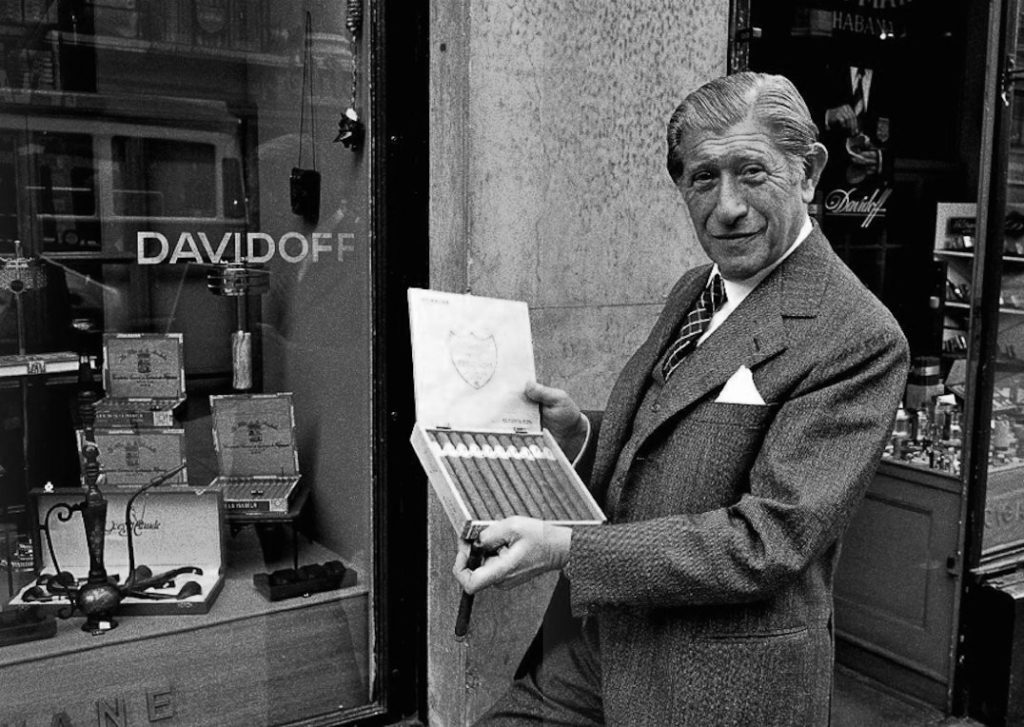
In 1940, a series of cigars, the famous Hoyo de Monterrey, was launched, with the name of the series being derived from the famous Bordeaux wines, to promote the products and image of Cuban tobaccos even further. The lines under the names Château Margaux, Château Latour, Château Lafite as well as 2-3 others were a huge success for about thirty years until 1968 when Fidel Castro sent a representative to Geneva with the proposal to create a line of Habanos cigars under the name of Davidoff. His cigars were manufactured in two factories, El Laguito where Cohiba is now produced and Hoyo, renamed Davidoff, enjoying enormous success worldwide and opening shops in all the major cities around the world. He also created new numbers and lines on the market such as “Mille”, “Dom Perignon”, “El Laquito” and many others with a huge public appeal due to his name and the quality of the Pinar del Rio tobaccos, which until then were not so well known beyond the aficionados.
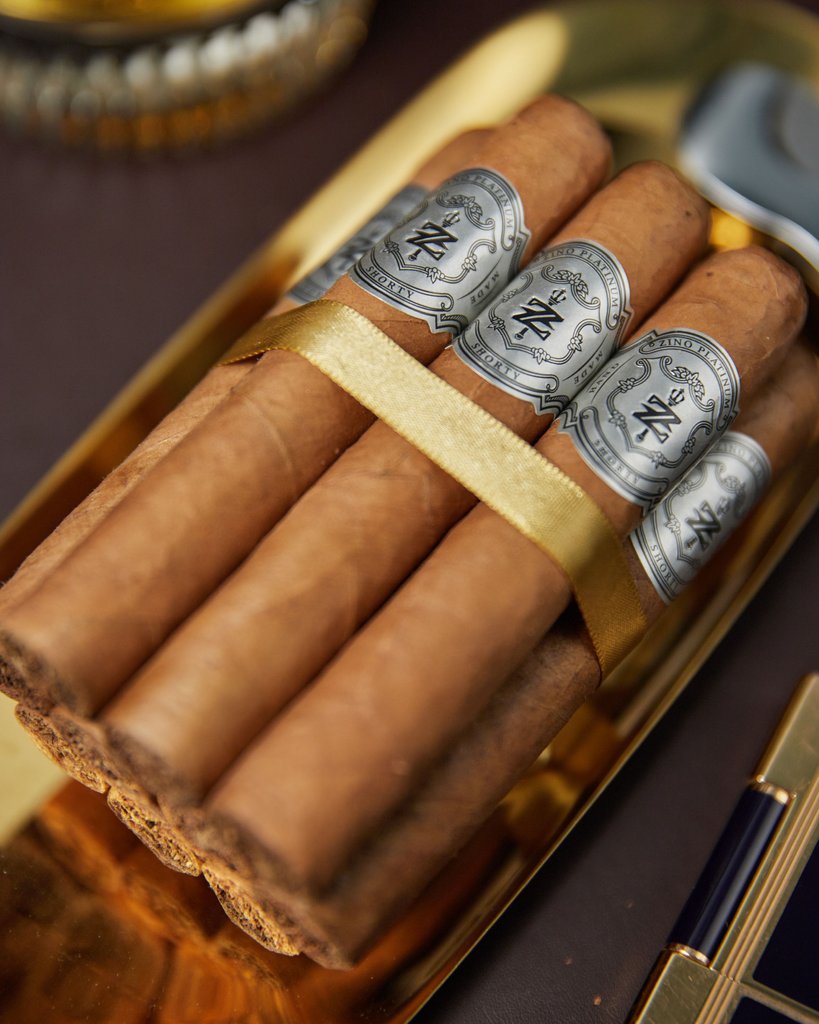
In 1970 Zino’s company was acquired by Max Oettinger, founded in 1875 and the first to introduce Cuban cigars in Europe. He remained as brand ambassador. No one expected, however, a year after Zino Davidoff’s eightieth birthday in 1986, with the launch of an anniversary collector’s edition bearing his name, that Cubatabaco, i.e. Fidel, would gradually cease production of Davidoff until the definitive end of their collaboration in 1991. As a result, Dominican Davidoff began producing them from 1990 to the present day. Mr. Zino Davidoff passed away in 1994, full of days at the age of 87, leaving behind a huge legacy in the cigar industry. Today’s presentation of Cuban cigars is due to him both in packaging, finishing, processing and details unknown to us, and in many cases relating to aging and smoking methods, things we nowadays take for granted. In 2006 the brand was acquired by Imperial Tobacco and today it continues to produce a range of products other than cigars, such as men’s fragrances and humidors.
